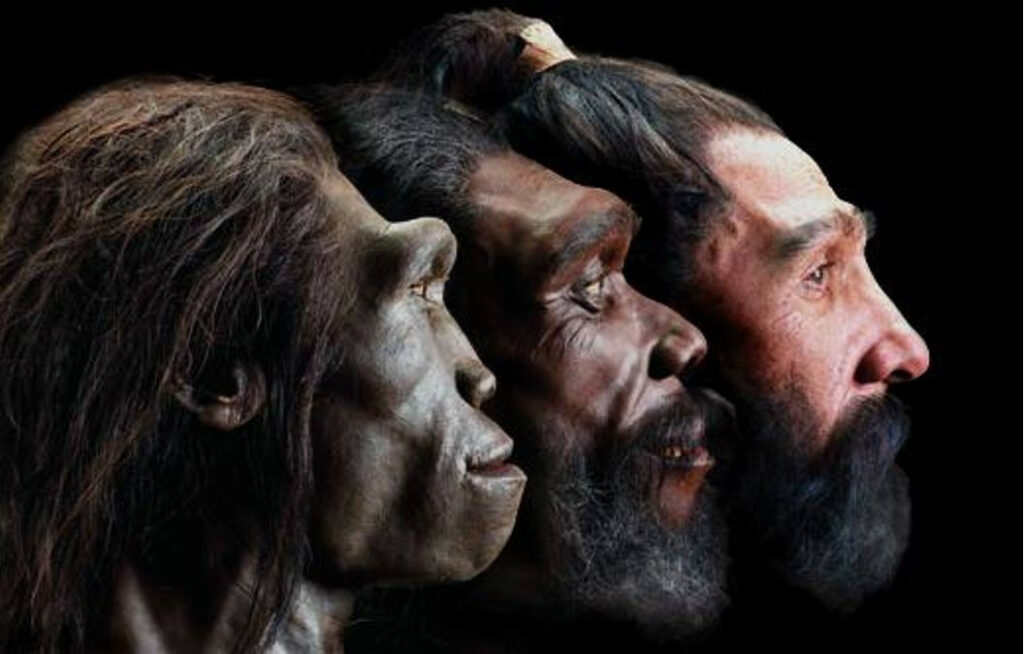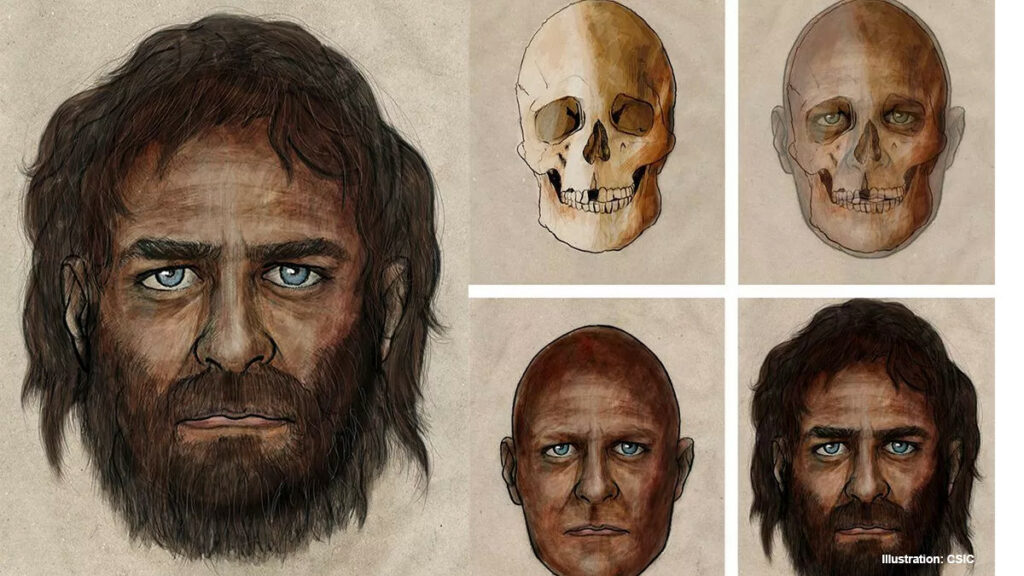Ancient Europeans: Not as Pale as We Thought
Recent research has shed new light on the evolution of skin color in Europe, challenging our preconceptions about our ancestors. A study presented at the 84th annual meeting of the American Association of Physical Anthropologists has revealed that the light skin we associate with modern Europeans is a relatively recent development.

Dark-Skinned Hunters and Farmers
For most of human history in Europe, our ancestors had dark skin. The genes responsible for light skin only appeared within the last 8,000 years. This finding comes from an analysis of 83 human samples from Holocene Europe, conducted by an international team led by Dr. Iain Mathieson of Harvard University.

The Genetic Shift
About 8,500 years ago, early hunter-gatherers in Spain, Luxembourg, and Hungary lacked the genes associated with pale skin. The arrival of farmers from the Near East brought these genes to Europe, gradually spreading through interbreeding.

The Northern Exception
Interestingly, remains from southern Sweden dating back 7,700 years showed genetic variants for light skin, blonde hair, and blue eyes. This suggests that northern European hunter-gatherers had already developed pale features, likely as an adaptation to less sunlight.

A Rapid Change
What’s particularly intriguing about this genetic shift is its speed. The pale skin traits spread rapidly across Europe, indicating they were highly advantageous in the environment.
Adapting to New Environments
The Vitamin D Factor
While the exact reasons for this rapid spread aren’t specified, researchers suggest that Vitamin D absorption played a crucial role. In less sunny climates, pale skin was more efficient at synthesizing this vital nutrient.
Milk Digestion: A New Superpower
Another significant change occurred around 4,300 years ago when Europeans developed the ability to digest milk. This trait, along with pale skin, provided two genetic solutions to the challenge of obtaining sufficient Vitamin D in northern climates.
Rewriting History
These findings are reshaping our understanding of European prehistory. They show that the physical appearance of Europeans has changed significantly over a relatively short period, highlighting the dynamic nature of human evolution.

As we continue to unravel the mysteries of our genetic past, we gain a clearer vision of our ancient origins and the remarkable adaptability of our species.

